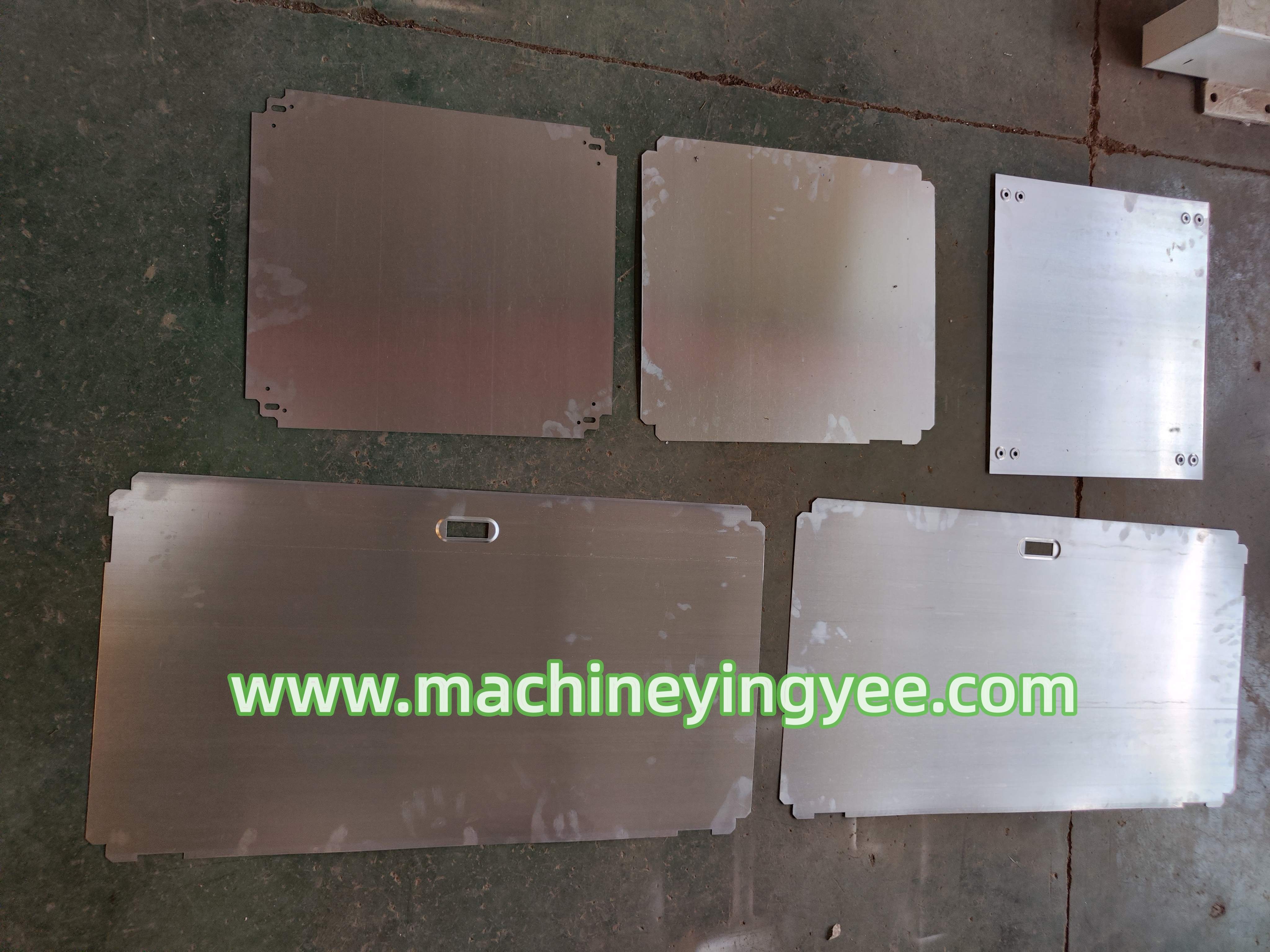
Stud and Track Keel Roll Forming An Overview
In the realm of modern construction and manufacturing, efficiency and precision are paramount. One of the innovative processes that has gained traction in recent years is the stud and track keel roll forming. This technique is particularly useful in the production of steel studs and tracks that form the backbone of various structural systems in commercial and residential construction.
Roll forming is a continuous bending operation in which long strips of metal are gradually formed into specific shapes through a series of rollers. The stud and track roll forming process specifically produces steel studs, which are vertical lengths of steel, and tracks, which are horizontal pieces that act as the framework to support the studs. Together, they create a robust framework for walls, ceilings, and partitions.
The primary material used in this process is typically galvanized steel, chosen for its strength, durability, and resistance to corrosion. The keel roll forming method not only enhances the structural integrity of buildings but also contributes to their overall sustainability, as steel is recyclable and can significantly reduce waste in the construction arena.

In addition to its environmental benefits, roll forming offers several advantages over traditional manufacturing methods. The automated nature of the process ensures consistency and high precision in dimensions, minimizing the potential for human error. The ability to create complex profiles with tight tolerances makes roll formed studs and tracks ideal for modern architectural designs that require both functionality and aesthetic appeal.
One critical aspect of the stud and track keel roll forming process is the ability to customize designs based on specific project needs. Manufacturers can easily adjust the roll forming machines to create various stud sizes, thicknesses, and shapes, ensuring that each project has the appropriate components for its structural requirements. This flexibility not only expedites production but also allows for quicker assembly on-site, significantly shortening construction timelines.
Further enhancing the appeal of stud and track keel roll forming is its excellent load-bearing properties. Steel studs are known for their ability to handle significant weight while remaining lightweight themselves. This characteristic reduces the overall weight of the building, which is especially beneficial in multi-story constructions where material costs and load capacity are critical factors.
In conclusion, stud and track keel roll forming stands out as a highly effective method for producing essential components in modern construction. With its advantages of precision, customization, sustainability, and superior load-bearing capabilities, this technique is set to play a vital role in shaping the future of building design and construction methodologies. As the industry continues to lean toward more efficient practices, the adoption of stud and track roll forming processes is likely to expand, providing innovative solutions to meet the demands of today's construction landscape.